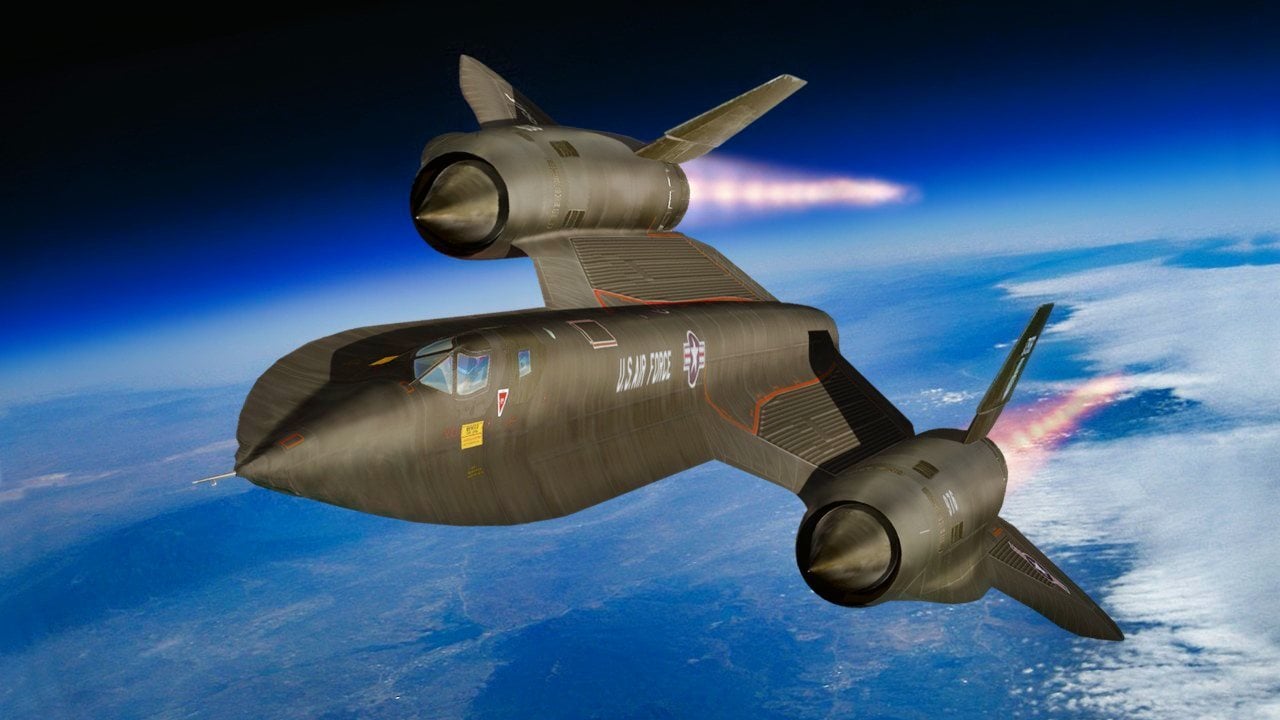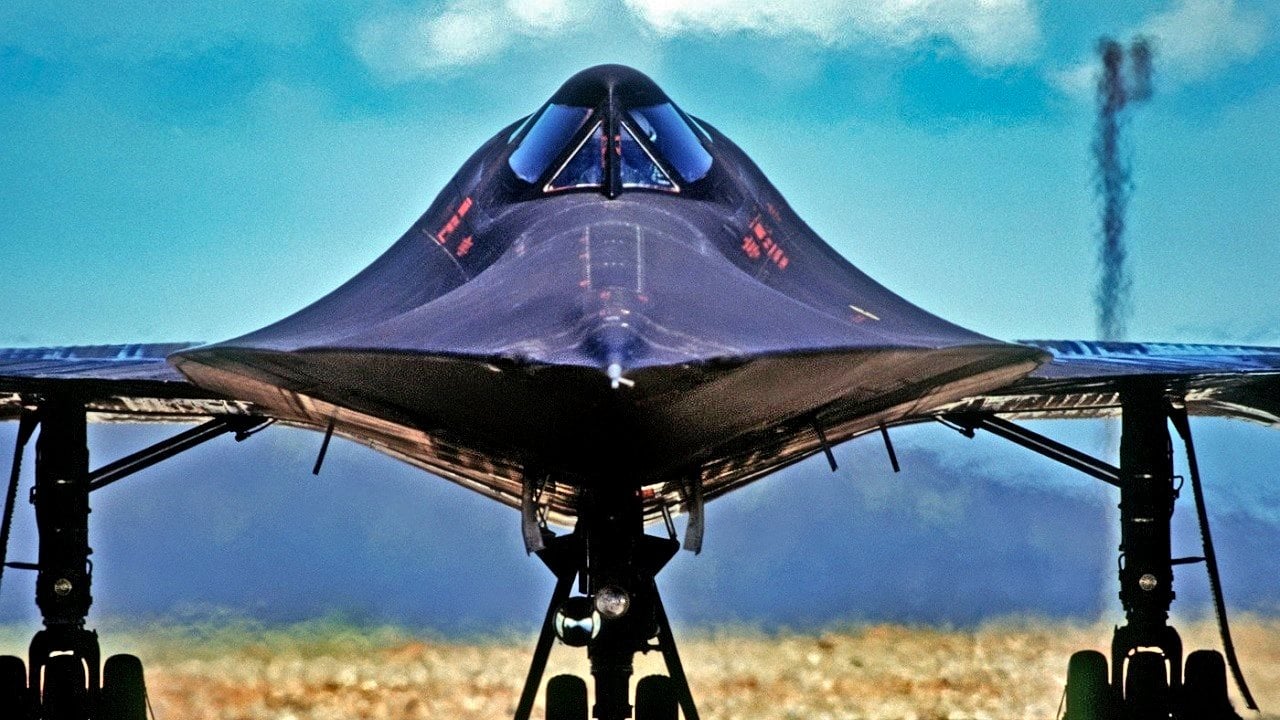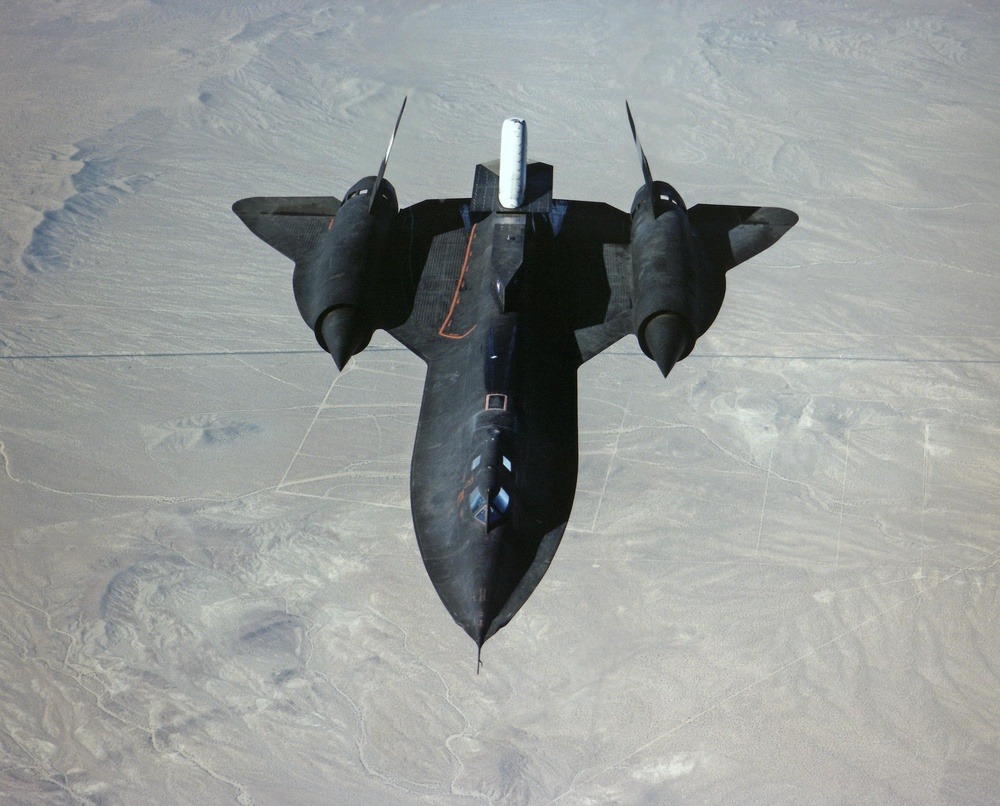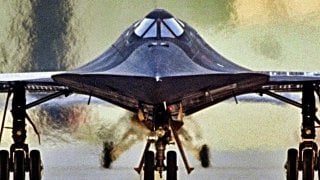SR-71 Blackbird: Why the Fastest Plane of Earth Rots in a Museum
The SR-71 Blackbird, retired in 1990 (but reactivated briefly years later), was the fastest and highest-flying operational aircraft. Years later, we now know a little more about why it was canceled.
The SR-71 Blackbird, retired in 1990 (but reactivated briefly years later), was the fastest and highest-flying operational aircraft.

The SR-71 Retirement - What You Need To Know
-Officially retired due to high costs and improving satellite tech, a former SR-71 RSO, Richard “Butch” Sheffield, reveals in his unpublished book that the decision was politically driven.
-The Air Force prioritized new projects like the F-22 Raptor over the SR-71 and did not fully utilize its data.
-Sheffield suggests the retirement was influenced by internal politics and contractor interests rather than just operational costs.
Aviation enthusiasts have been lamenting the retirement of the SR-71 Blackbird since the jet was pulled from the Air Force inventory in 1990. Now, The Aviation Geek Club has some behind-the-scenes insights from a former SR-71 RSO into the Blackbird’s retirement.
Missing the SR-71
The SR-71 is a cult favorite because it’s a one of a kind marvel – the fastest and highest-flying operational aircraft throughout its 24-year service history. With a top speed nearing 2,200 miles per hour and a top altitude in excess of 85,000 feet, the SR-71 had no rival.
Used for surveillance and reconnaissance, the SR-71 typically cruised at 80,000 feet, where the Blackbird could observe 100,000 square miles of Earth’s surface in one hour.
In early 1990, at the end of the Cold War, the SR-71 was retired. This was ostensibly because the jet was so expensive to operate, because the defense budget was shrinking, and because satellite technology was improving in its surveillance abilities, making the SR-71 redundant – or so the story goes.
But now, Linda Sheffield Miller, daughter of former SR-71 RSO Richard “Butch” Sheffield, writes for The Aviation Geek Club that there is more to the SR-71 retirement story.
Butch Sheffield left behind an unpublished book called “The Very First,” which details the SR-71 program’s demise.
“Satellites could never replace the SR-71,” Sheffield wrote. “They don’t orbit east to west. Satellites can’t collect 100,000 miles of data per hour and it is easy to predict the path of a satellite.” Rather, other reasons motivated the decision to switch from the SR-71 to satellites. “There was new money for projects in the Air Force if they went with satellites, so they did,” Sheffield wrote. “The Air Force Chief put Lockheed out of the SR-71 business. The Chief said that Lockheed trying to keep the SR-71 alive was going to hurt their chances of winning the F-22 contract.” And because “contractors like Lockheed only have one customer, the Department of Defense,” deference was made to the Chief’s demands.
The F-22 contract that Sheffield is referring to is the Advanced Tactical Fighter (ATF) bid that Lockheed was engaged in at the time. Lockheed submitted their YF-22 prototype against Northrop’s YF-23. Lockheed won, of course, earning the ATF contract for what has since become the F-22 Raptor – a highly lucrative business arrangement between Lockheed and the Department of Defense.

The SR-71’s chances were further hurt, Sheffield wrote, because the Air Force “did not use the data collected by the SR.” Instead, “the users were the Navy, Army, DIA, and a little bit (ELINT) for NSA.”
And “NSA never liked the SR-71,” Sheffield noted, because the “SR went too fast for [Communications Intelligence]” and the NSA “thought communications intelligence was the only kind of intelligence that was useful.”
Sheffield’s insights suggest that the SR-71 retirement was more complicated and politically driven than the public was initially led to believe – but that won’t come as a surprise to most military-industrial observers, who see the political influence behind so many procurement decisions.

Whatever the political or practical reasons behind the SR-71s retirement, however valid the decision, the jet will be missed for her appearance, her abilities in the air, and the unlikeliness that anything like her will ever fly again.
About the Author: Harrison Kass
Harrison Kass is a defense and national security writer with over 1,000 total pieces on issues involving global affairs. An attorney, pilot, guitarist, and minor pro hockey player, Harrison joined the US Air Force as a Pilot Trainee but was medically discharged. Harrison holds a BA from Lake Forest College, a JD from the University of Oregon, and an MA from New York University. Harrison listens to Dokken.


